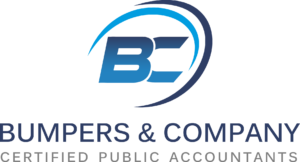A new year has arrived. For many businesses, this means employees’ paid time off (PTO) arrangements have reset. And at companies with “use it or lose it” policies, workers have likely left a few or perhaps many unused hours on the table.
It’s a growing problem. A July 2022 survey conducted by Sorbet, a provider of PTO solutions, found that 55% of the PTO offered by responding companies was left unused last year — a notable rise from only 28% in 2019. (This is the first such survey the company has done since the pandemic.) Overall, 57% of employees who participated in the study had unused PTO in 2022, up from 37% in 2019.
Conventional methods
There are various ways for businesses to help employees better or, ideally, fully use their PTO. Regular reminders from supervisors and helpful information about wellness might do the trick.
However, taking these steps will require that your company has systems set up to deliver running PTO totals to supervisors and that the supervisors themselves can keep up with the reminders. You may also need to engage a third-party provider to send accurate and easily digestible wellness content to employees.
An alternate strategy
If your business offers a 401(k) plan, there’s an alternate strategy to consider: a PTO contribution program. It allows employees with unused vacation hours to elect to convert them to retirement plan contributions. A 401(k) plan can treat these amounts as a pretax benefit — similar to typical employee deferrals. Alternatively, the plan can treat the amounts as employer profit sharing, converting excess PTO amounts to employer contributions.
A PTO contribution arrangement may be a better option than increasing the number of days employees can roll over, assuming you allow rollovers to begin with. Larger rollover limits can result in employees building up large balances that create a significant liability on your books.
To offer a PTO contribution arrangement, you’ll need to amend your 401(k) plan. And you must still follow the plan document’s eligibility, vesting, rollover, distribution and loan terms.
Many details
Additional rules may apply to creating and administering a PTO contribution arrangement. To learn more about one, including the tax implications, please contact us. We can also help you measure and assess the cost of unused PTO for you and your employees.
© 2023




